In Minecraft, understanding the variety of trees and their uses can significantly enhance your gameplay. This guide will explore the twelve main types of trees, detailing their unique characteristics and how you can utilize them effectively in various aspects of the game.
Table of Contents
- Oak
- Birch
- Spruce
- Jungle
- Acacia
- Dark Oak
- Pale Oak
- Mangrove
- Warped
- Crimson
- Cherry
- Azalea
Oak
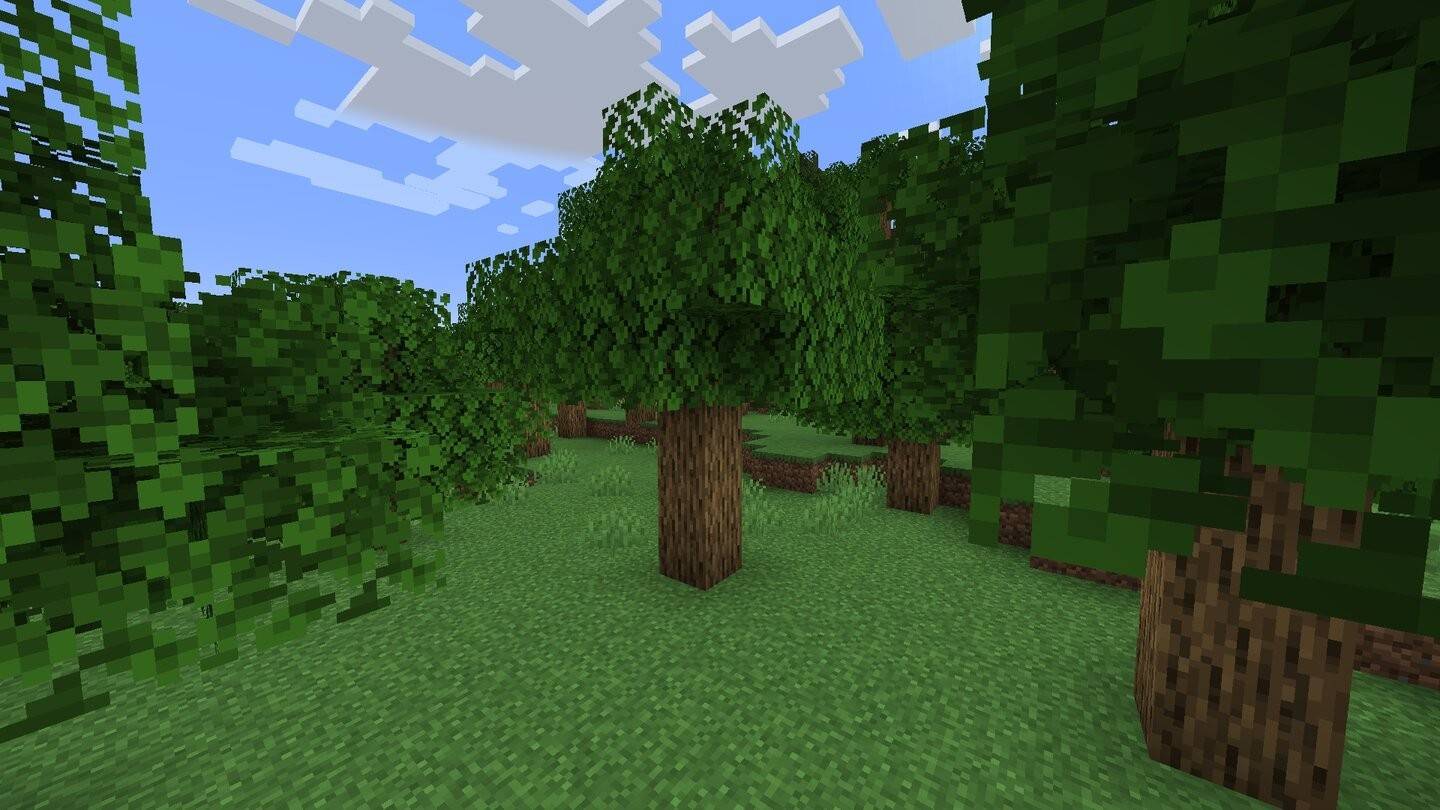 Image: ensigame.com
Image: ensigame.com
The oak tree is the most common type, found in nearly every biome except deserts and icy tundras. Its versatility makes it ideal for crafting planks, sticks, fences, and ladders. Oak trees also drop apples, which serve as early-game food or can be crafted into golden apples. With its neutral tone, oak wood is perfect for creating cozy and classic builds, fitting seamlessly into rustic cottages or city buildings.
Birch
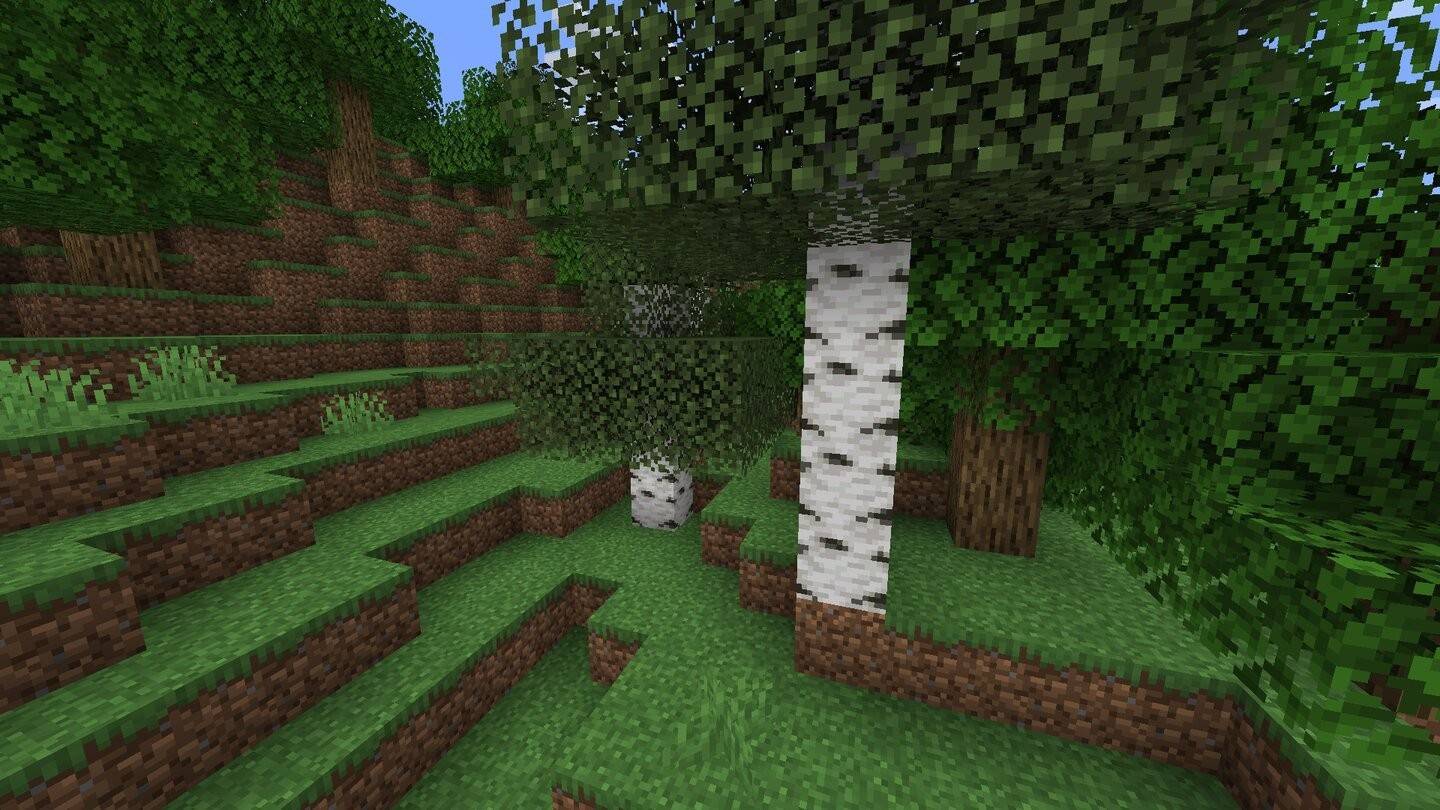 Image: ensigame.com
Image: ensigame.com
Birch trees, with their light wood and characteristic pattern, grow in birch forests or mixed biomes. This wood is favored for modern or minimalist structures. Birch's texture complements stone and glass, making it an excellent choice for bright and spacious interiors.
Spruce
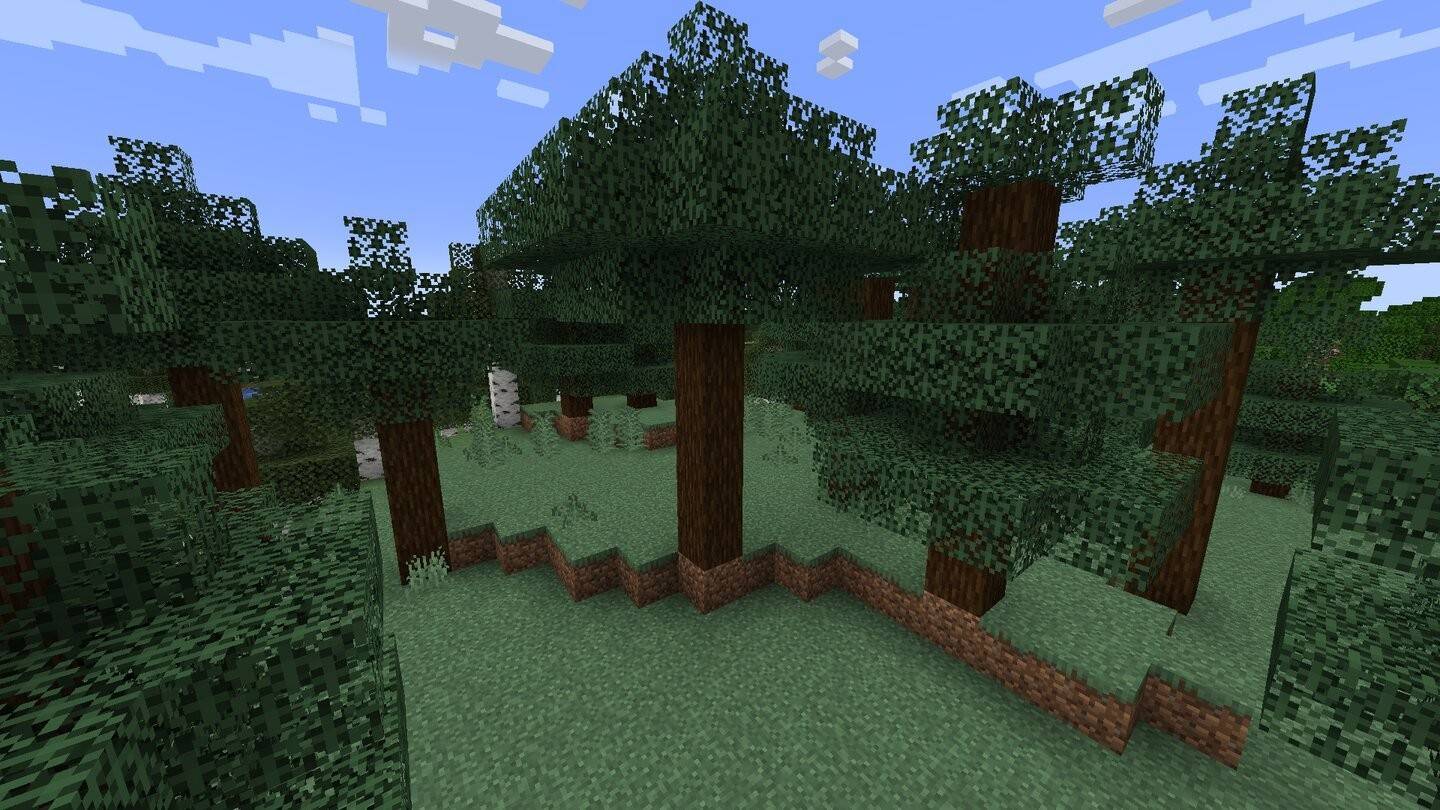 Image: ensigame.com
Image: ensigame.com
Spruce trees, found in taiga and snowy biomes, offer dark wood suitable for grim and gothic-style buildings. Their height can make harvesting challenging, but the texture adds warmth and robustness to medieval castles, bridges, or country houses.
Jungle
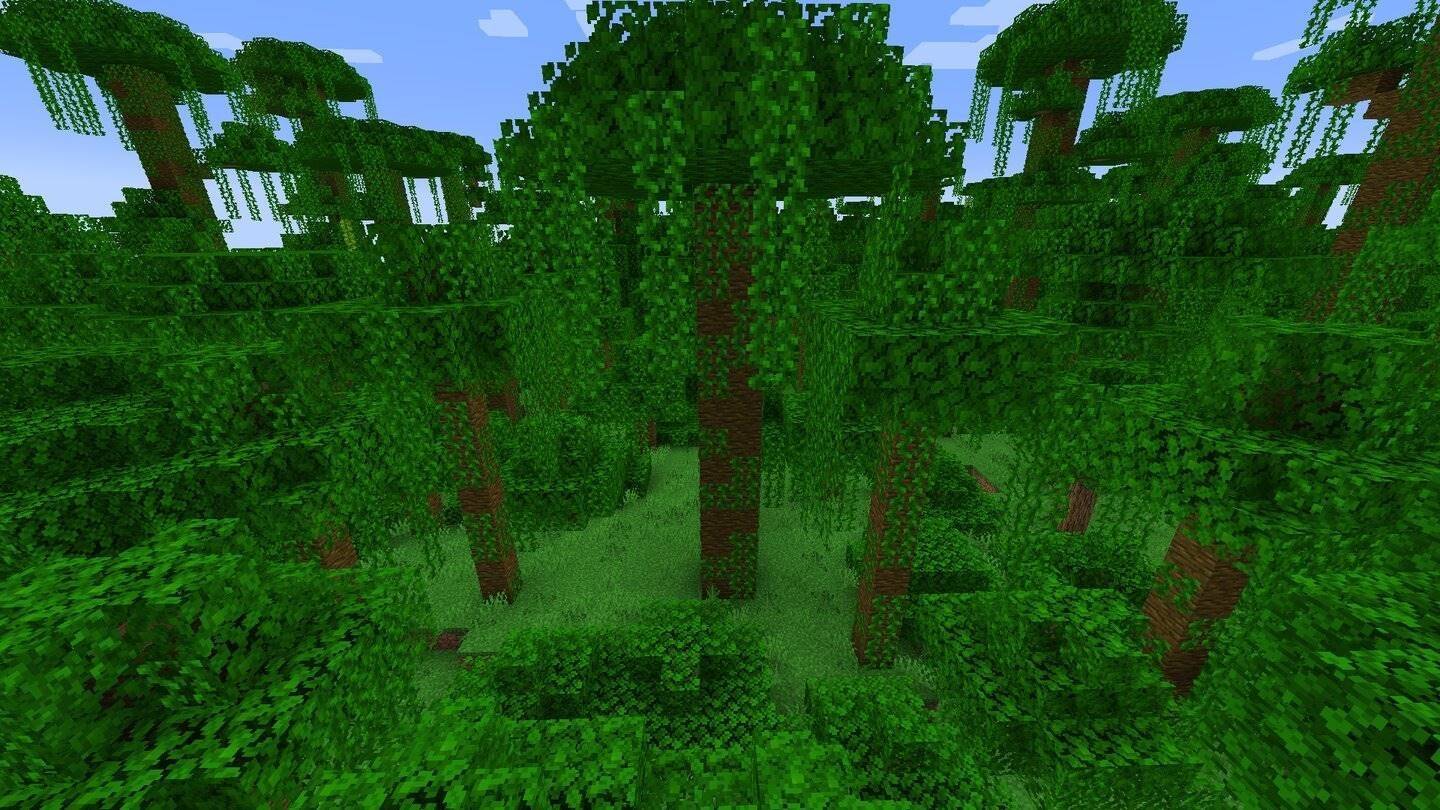 Image: ensigame.com
Image: ensigame.com
Jungle trees, found exclusively in jungle biomes, can grow very tall. Their bright wood is used for decorative purposes and is essential for cocoa farms. The exotic appearance of jungle wood suits adventure-themed builds or pirate bases.
Acacia
 Image: ensigame.com
Image: ensigame.com
Acacia trees, with their reddish tint, are found in savannas. Their unique shape and color make them perfect for ethnic-style villages, desert bridges, or builds inspired by African culture.
Dark Oak
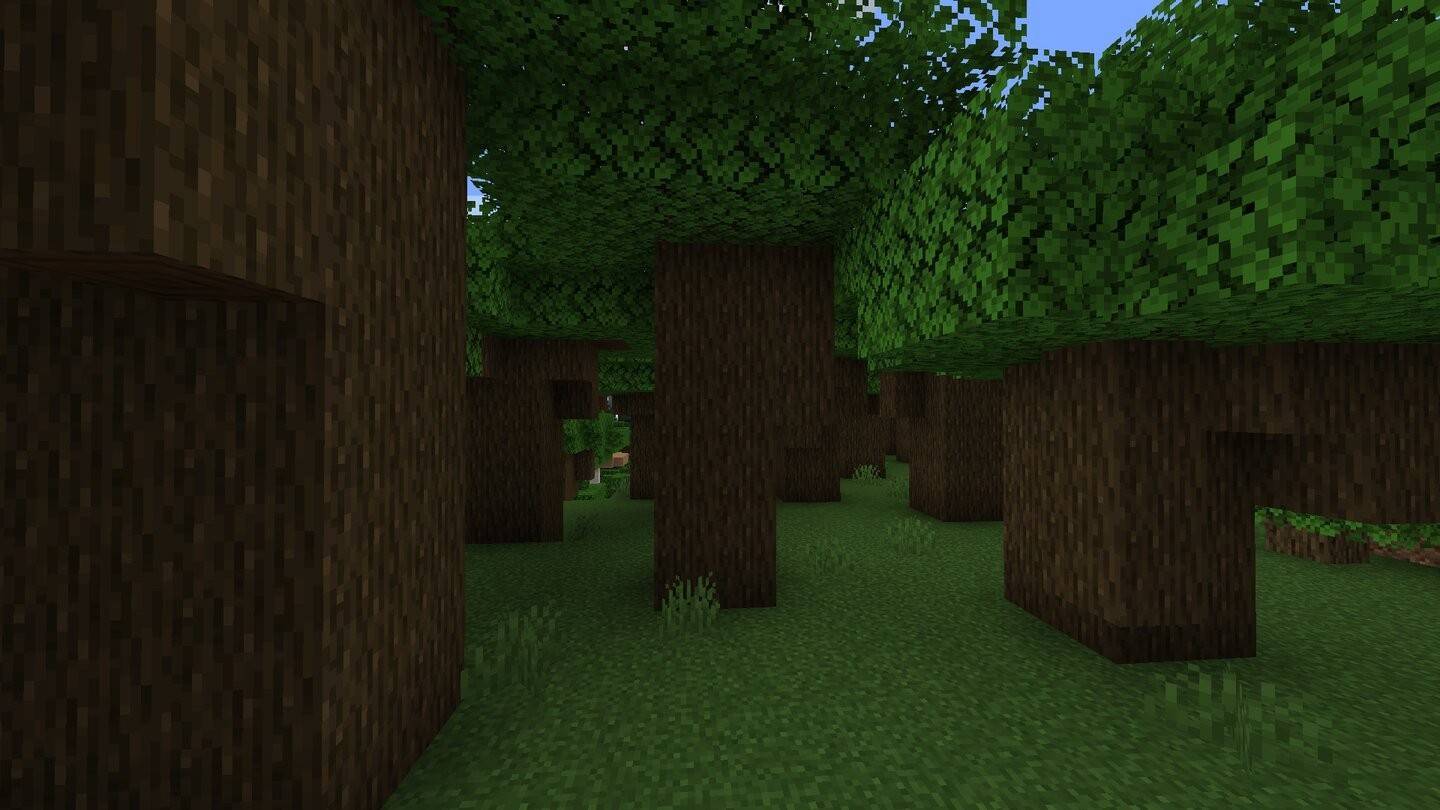 Image: ensigame.com
Image: ensigame.com
Dark oak, found in the Roofed Forest biome, has a rich, chocolate-brown shade. It's ideal for castles and medieval structures but requires four saplings to plant. Its deep texture is perfect for luxurious interiors or massive doors.
Pale Oak
 Image: ensigame.com
Image: ensigame.com
Pale oak, found only in the Pale Garden biome, has a gray tone similar to dark oak's texture. Covered with hanging pale moss, it's perfect for contrasting builds with dark oak, adding an eerie atmosphere to your structures.
Mangrove
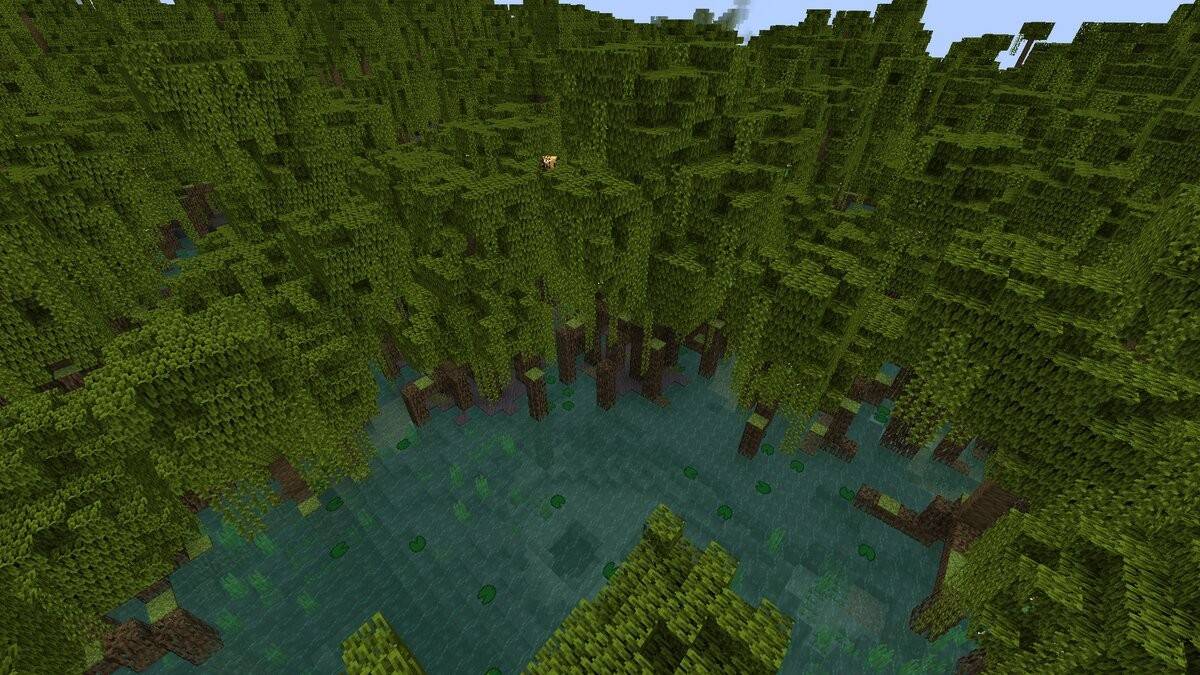 Image: youtube.com
Image: youtube.com
Mangrove trees, found in mangrove swamps, have a reddish-brown hue. Their roots can be used decoratively, making them perfect for wooden piers, bridges, or swamp-themed structures.
Warped
 Image: feedback.minecraft.net
Image: feedback.minecraft.net
Warped trees, found in the Nether, have a turquoise color ideal for fantasy-style builds. Non-flammable, they're perfect for magic towers, mystical portals, or decorative gardens.
Crimson
 Image: pixelmon.site
Image: pixelmon.site
Crimson trees, also found in the Nether, have a red-purple wood suitable for dark or demonic-themed builds. Like warped trees, they are non-flammable, making them ideal for hazardous environments.
Cherry
 Image: minecraft.fandom.com
Image: minecraft.fandom.com
Cherry trees, found in the cherry grove biome, have a bright pink shade and generate unique falling-petal particles. They're perfect for atmospheric builds and unique interior designs.
Azalea
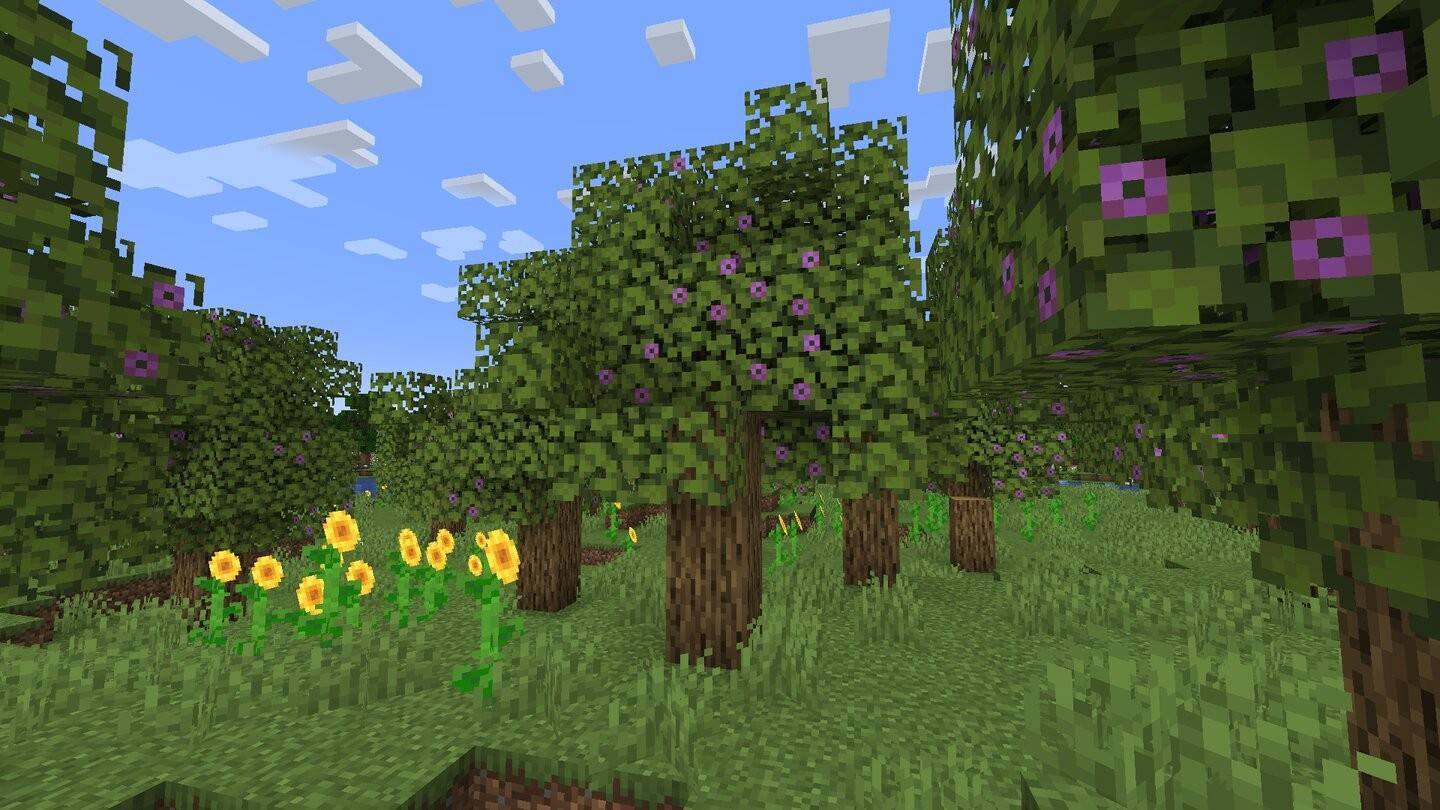 Image: ensigame.com
Image: ensigame.com
Azalea trees, similar to oak but with distinctive features, generate above lush caves. Their root system and unusual flowers make them great for design interest and locating mines.
In Minecraft, wood is more than just a resource; it's the foundation of survival and creativity. While any type of wood can be used for crafting, the unique textures and colors of each type offer endless possibilities for building unique structures. By understanding the characteristics and uses of each tree type, you can enhance your construction, crafting, decor, and even farming. So, grab your axe, head to the nearest forest, and start creating your masterpieces!















